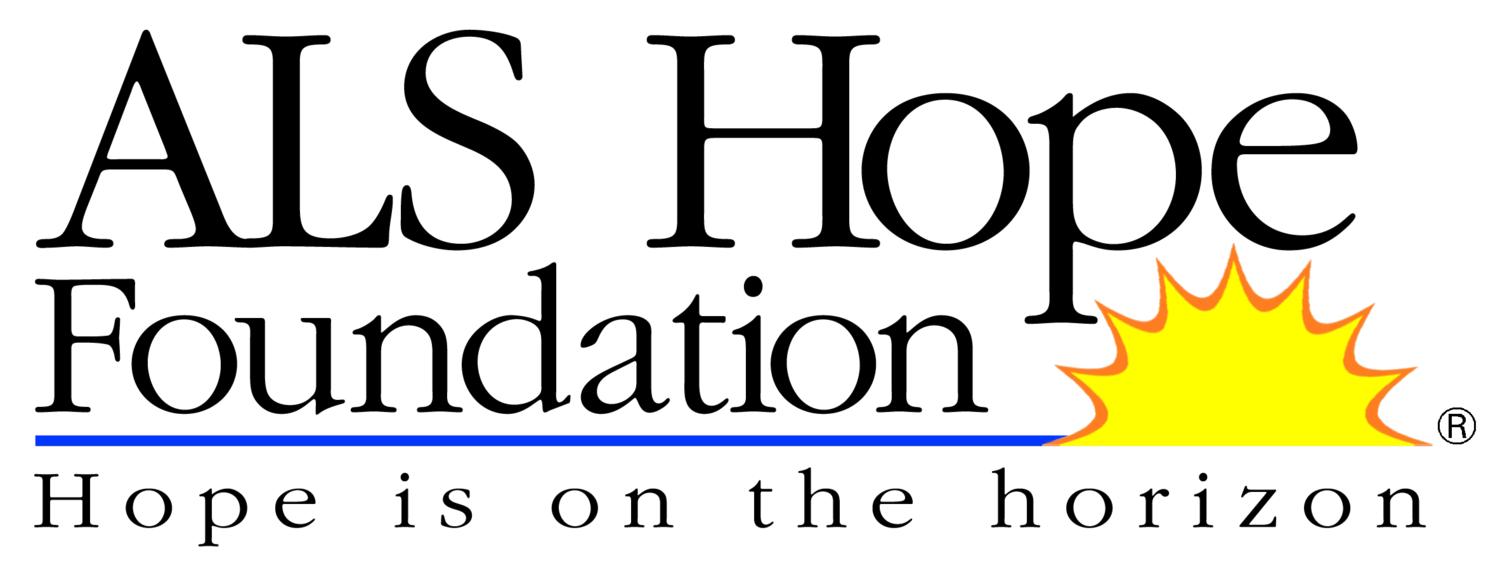Amyotrophic Lateral Sclerosis (ALS), often referred to as Lou Gehrig’s Disease, is the most common degenerative disease of the adult motor system. It causes damage to the motor neurons as they travel from the brain to the spinal cord (upper motor neurons) as well as the motor neurons that travel from the base of the brain and the spinal cord to the muscles (lower motor neurons or anterior horn cells). This loss of motor neurons is responsible for progressive weakness.
ALS most commonly appears in people between 55 and 75 years of age, but a person of any age can be affected. ALS affects slightly more men than women with about a 1.5 to 1 ratio. Every year, there are about 20-30 new cases of ALS for every million people. At any given time, there are about 20 people living with ALS for every million people. This means that, across the United States, there are about 30,000 people with ALS. While most ALS is not directly inherited, about 10% of the cases are associated with a family history. Researchers have now identified more than 20 different genes that can be damaged and cause the disease. A genetic mutation can be inherited, or it can occur sporadically.
People with ALS develop progressive weakness that can begin with speech or swallowing difficulties or loss of strength in either an arm or leg. Along with the weakness, there can be thinning of the muscles and twitching. Wherever it begins, the disease spreads from one area to the next, leading to weakness in all of the limbs, inability to speak or swallow, and difficulties with breathing. The person living with ALS becomes dependent on others for everything. While ALS is primarily a problem with the motor system, there can be cognitive involvement, although frank dementia occurs in only 10% of people living with the disease. The entire family is affected both physically and emotionally by this disease's inexorable progression and almost daily changes in function. Death generally occurs secondary to respiratory involvement, with an average life span of only 36 months.
The cause of ALS remains unknown, and given the variation in presentation and the multiple genes that have now been identified, it is likely that ALS is a complex disorder. While we have no cure, there is treatment. Several drugs are identified in providing a modest effect in the diseases progression: Riluzole, an oral glutamate blocker and Tiglutik its oral suspension form; and Radicava an infusion treatment, and now oral treatment, that reduces oxidative stress. There is also a new treatment, Qalsody (toferson), that is directed at on specific genetic cause of ALS-mutations in the SOD1 gene. This treatment is called an antisense oligonucleotide or ASO and blocks the cells from making the abnormal SOD1 protein.
In addition, there is optimized clinical care through multidisciplinary clinics that address the physical and emotional needs of people who are living with ALS, as well as providing support to families and caregivers. These centers provide hope through the best available care, improved quality of life and clinical research. The MDA/ALS Center of Hope at Temple University Lewis Katz School of Medicine is one such clinic.
If you would like detailed information about ALS and the motor system, please download this PDF: "Understanding ALS."






